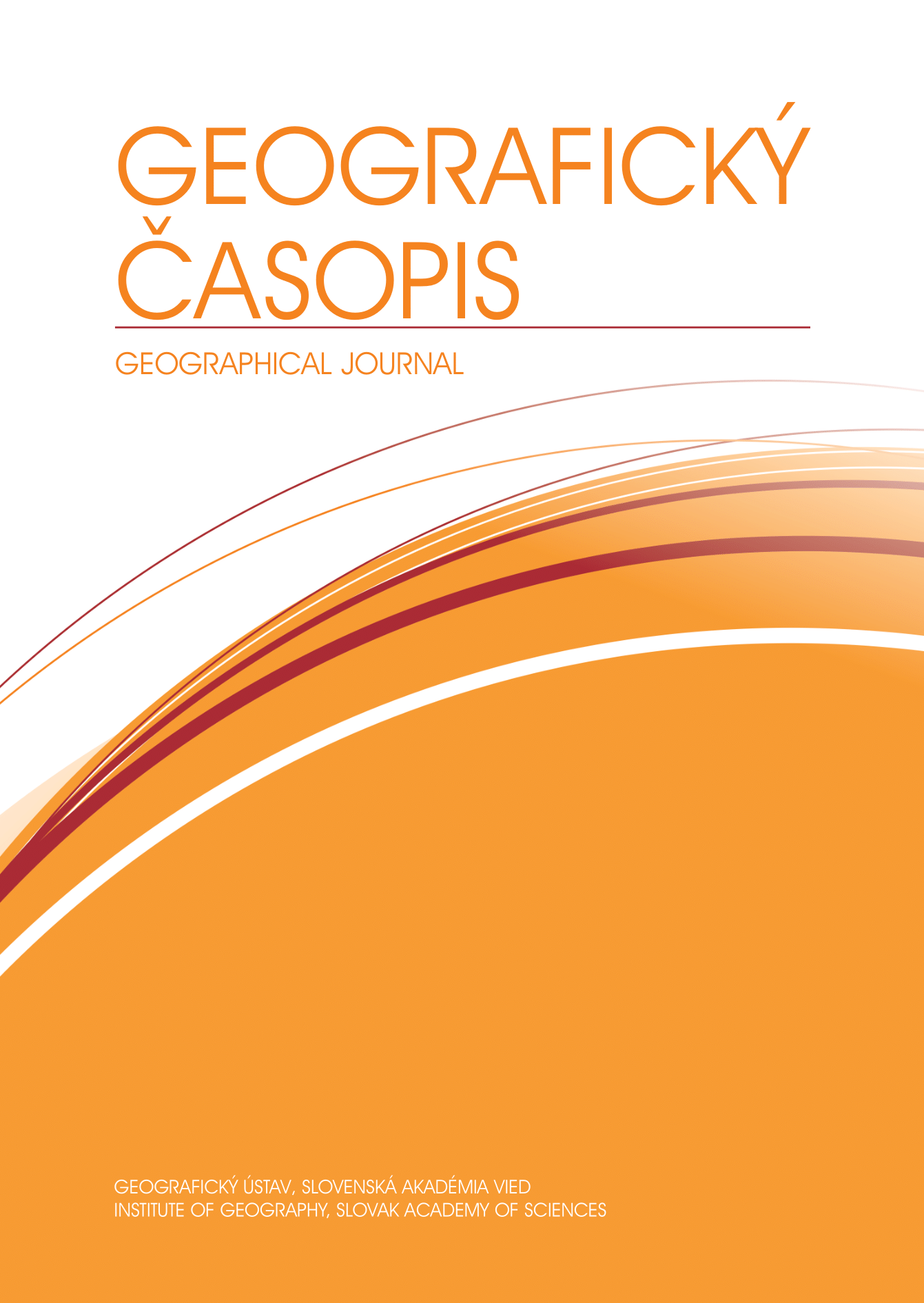From CORINE Land Cover to CLCplus: assessment and applicability of a new system for land use and land cover mapping in Slovakia
DOI:
https://doi.org/10.31577/geogrcas.2025.77.3.02Keywords:
land use, land cover, mapping, EAGLE, Slovakia, landscape metrics, CLCplusAbstract
Land cover and land use mapping initiatives provide important support for detecting the state and landscape changes. One of the longest land cover mapping projects is the CORINE Land Cover (CLC), which has found a wide range of uses over the last decades. Its potential successor, CLCplus, introduces a new approach that can process various landscape data to create new specific land cover products. In this paper, we used the CLCplus methodology to create a CLCplus Legacy map, which complements the existing CLC product but has much better spatial and thematic accuracy. We evaluated the resulting map by using the conformity at the first and third hierarchical levels of the CLC nomenclature for the whole territory of Slovakia and specifically at the landscape level in two selected areas with landscape metrics. The resulting map showed a high level of conformity — 90% at the first hierarchical level compared to 64% at the third hierarchical level with original CLC product, mainly due to the more detailed mapping method and the complexity of the classes at the third hierarchical level, which caused a change in the composition and configuration of the landscape as evidenced by the changes in landscape metrics. Landscape metrics highlighted disparity of CLC and CLCplus Legacy due to higher spatial detail of CLCplus, especially with the increased number of patches (from 122 to 1453 and from 24 to 423) and their richness (from 15 to 18 and from 8 to 15) on the landscape level.
Downloads
Published
Issue
Section
License
Copyright (c) 2025 Geografický časopis / Geographical Journal

This work is licensed under a Creative Commons Attribution-NonCommercial 4.0 International License.
The authors accept and agree to respect the terms and conditions of this public license. Published articles or their parts may be reused, provided that the names of the authors are mentioned and will serve only for non-commercial purposes.

